How exactly is the so-called "seven-color luster" formed? There are different opinions, mostly divided into the following two types:
- Physical explanation: The accumulation of tea stains on the surface of the glaze changes the original reflection effect, resulting in a different luster than before.
- Chemical explanation: Tea contains alkali, while the Tenmoku vase contains iron. When the tea and the materials in the vase react chemically, the chemical molecular structure of the glaze changes, resulting in a different luster than before.
However, as previously mentioned, the rainbow luster is not actually formed by tea stains. Given that we usually pay attention to keeping the Tenmoku vase clean, we can consider the following five points to maintain the rainbow luster:
- Choosing Tenmoku vases with rainbow luster.
Some Tenmoku vases can easily form a vitrified protective layer on the surface after oxidation firing, resulting in a good mirror effect. However, most of these vases with a good mirror effect are not conducive to the formation of the rainbow luster, such as the hare's fur Tenmoku.
Some Tenmoku vases, after reduction firing, will form many very small pores on the glaze surface, which can allow tea to seep into them, thus potentially resulting in the formation of the rainbow luster.
- The impact of clay on the glaze of a Tenmoku vase.
Red clay has a high iron content and is commonly used to make Tenmoku vases. However, only suitable red clay can be used to produce Tenmoku vases with significant changes in the glaze surface.
- The impact of kiln placement on the glaze of a Tenmoku vase.
At temperatures above 1300 degrees Celsius required for firing Tenmoku vases, kilns in the first category enjoy higher temperatures and better atmospheres, resulting in more significant changes in the glazed surface of the vases. Vases fired in kilns in the second category have relatively smaller changes in the glaze surface. However, there are advantages and disadvantages, as the flow of the glaze surface can present a variety of beautiful patterns. Kilns located in the periphery often cannot reach the required firing temperature, resulting in vases of lower quality, let alone the brilliant changes in the glazed surface.
- The impact of different types of tea on the glaze of a Tenmoku vase.
Minerals in tea can react with the glaze of a Tenmoku vase, resulting in different rates of vase development with different types of tea. Many people believe that rock tea is particularly suitable for Tenmoku vase development because it grows in a natural environment with rich biodiversity and mineral content, resulting in tea leaves that contain more minerals. This, in turn, can lead to more reactions with the glaze surface of the vase over time, resulting in the formation of an oxidized film, or the so-called rainbow luster.
- The frequency of using a Tenmoku vase.
Only by using a Tenmoku vase for a long period of time and frequently exposing it to tea, can the vase undergo frequent reactions and develop its luster more rapidly. This is how quantity can produce a qualitative change.
The rainbow luster in a Tenmoku vase is not accidental, but rather the accumulation of essence over time. It is the crystallization of wisdom that has been constantly refined through the exchange with tea and the communication with the heart over many years.
Utensils have emotions, warm and silent; when collecting Tenmoku vases, interest should come first, and one should not forget their original intention.


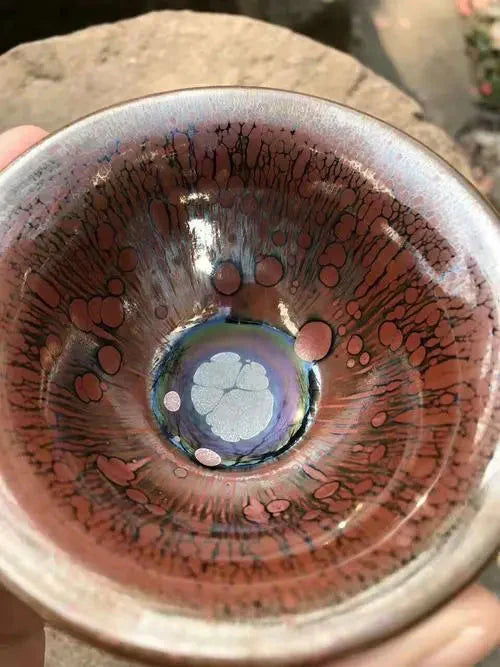
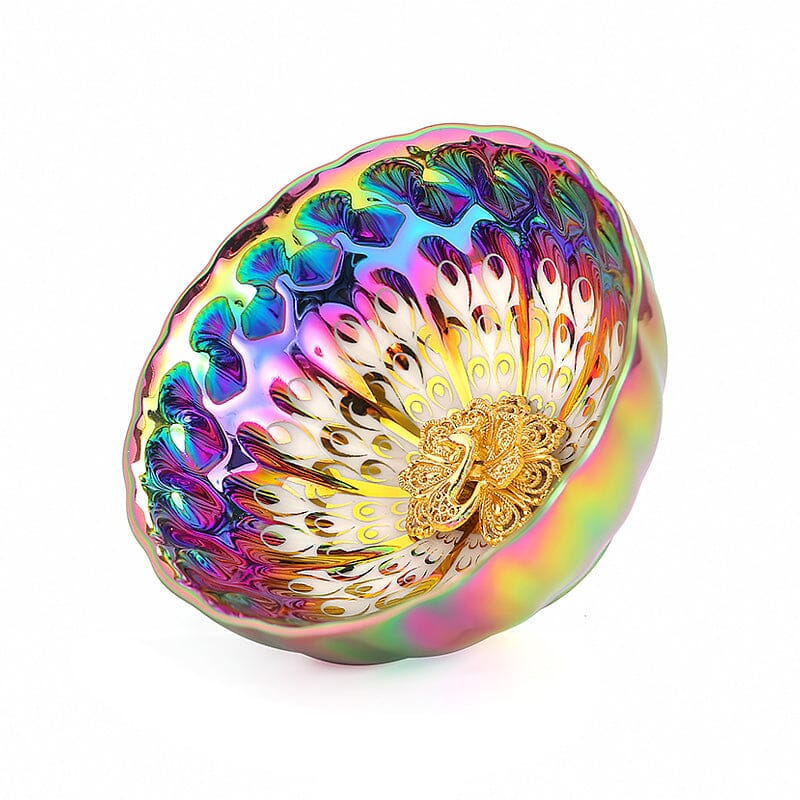
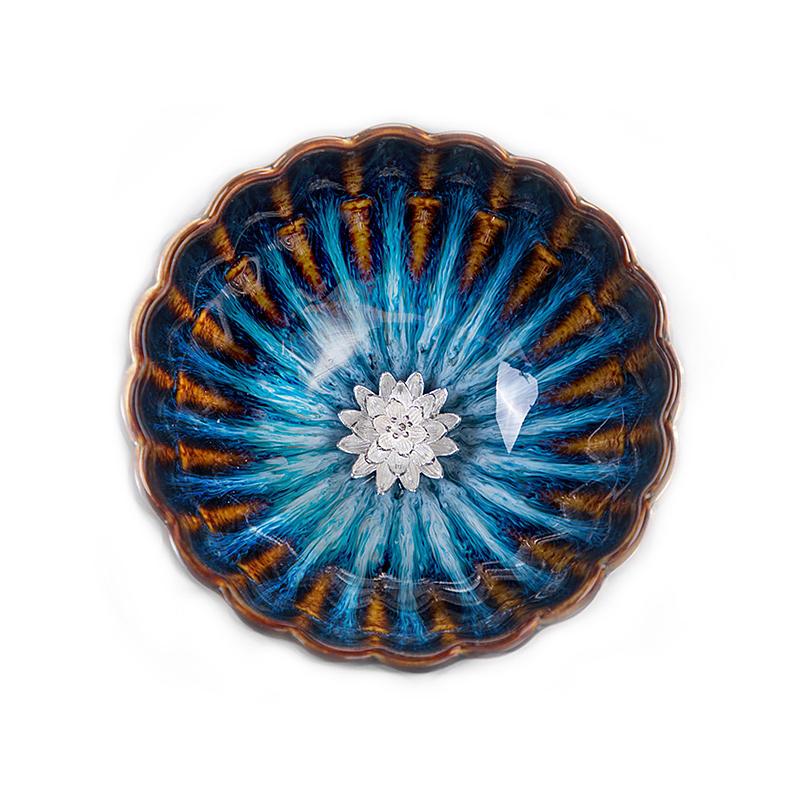
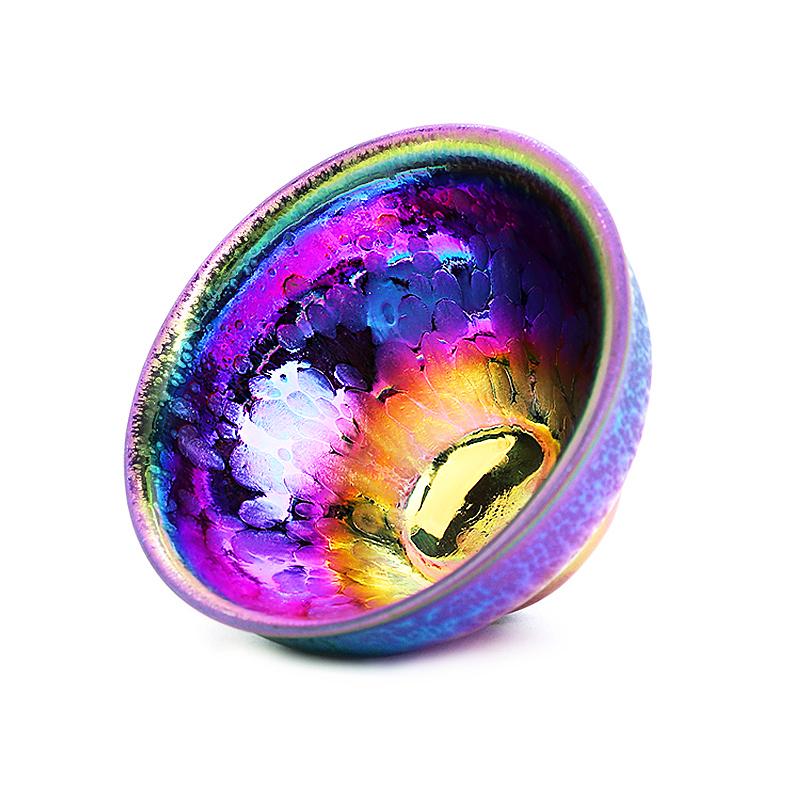
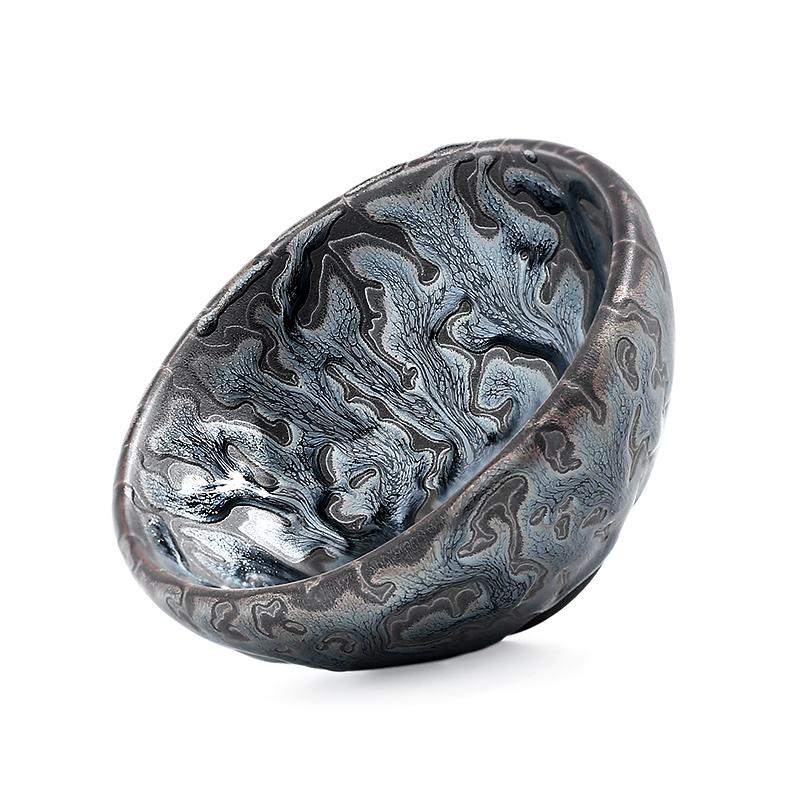
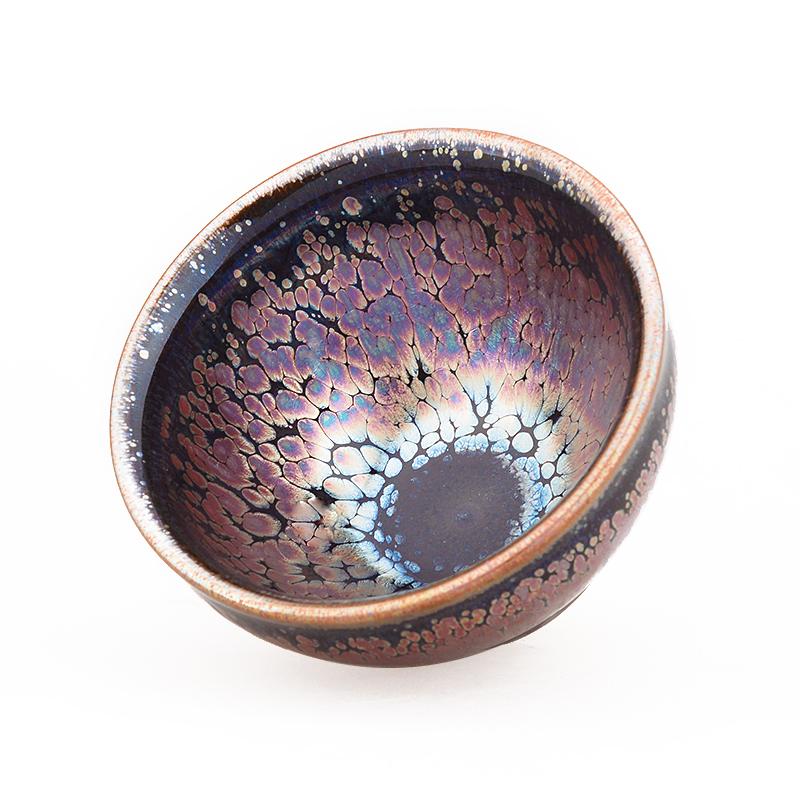
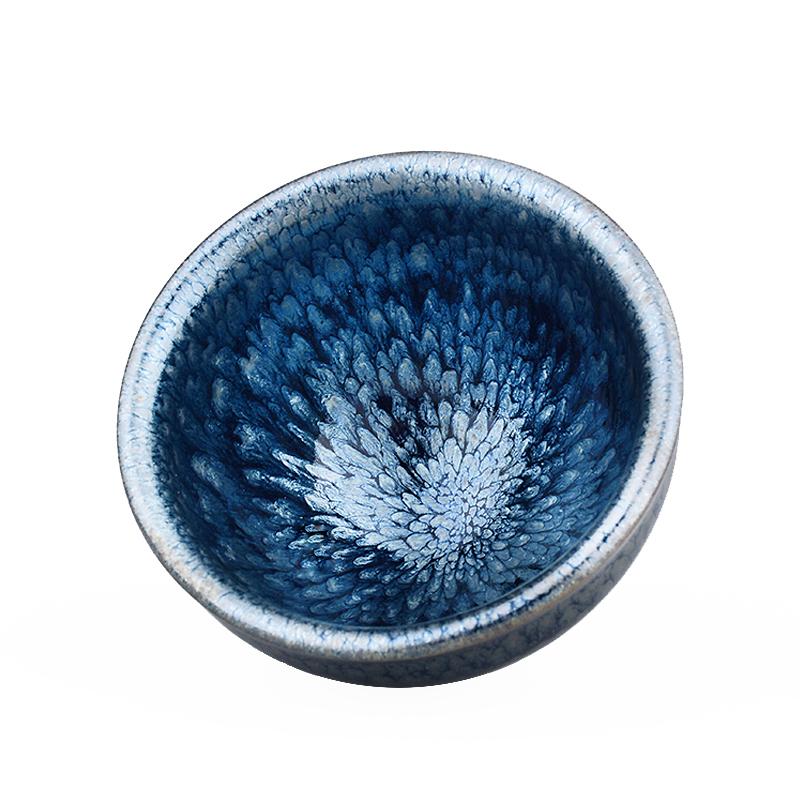
Share:
A Tenmoku brings seven moods and ten habits to people
The Explorer of the Art of Changing Glaze - Wu Zhoufu of Fuzhou Tenmoku